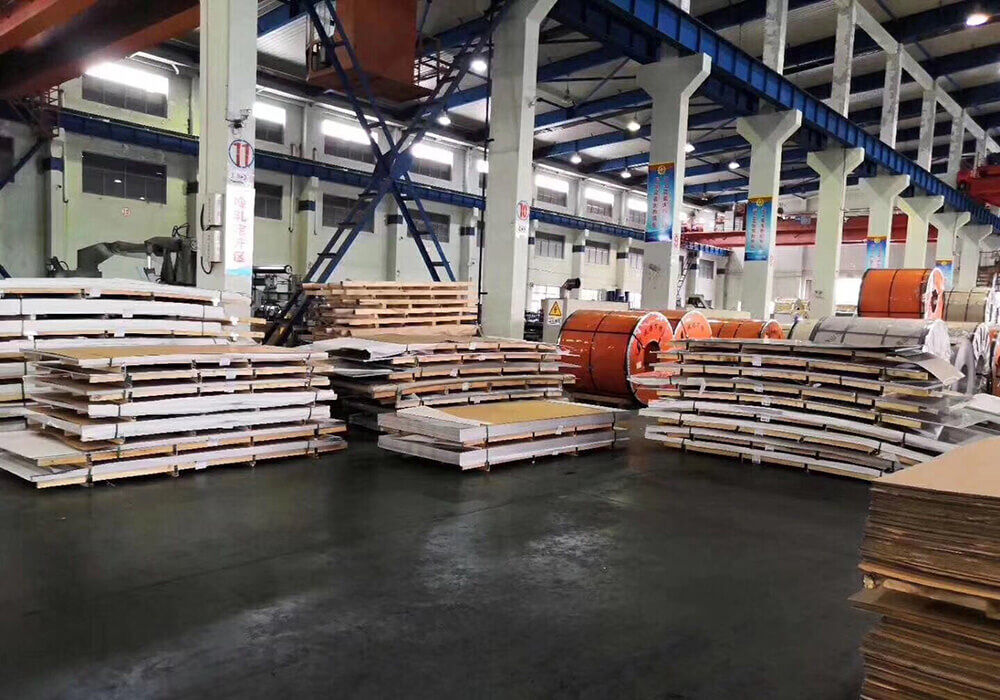The molten iron contains impurities such as C, S, and P, which affect the strength and brittleness of iron. It is necessary to re-smelt the molten iron to remove the above-mentioned impurities, and to add Si, Mn, etc. to adjust its composition. The process of re-smelting molten iron to adjust its composition is called steelmaking.
The main raw materials for steelmaking are molten iron or pig iron with high carbon content and scrap iron and steel. In order to remove impurities in the molten iron, it is also necessary to add oxidizers, deoxidizers, slag-forming materials, and ferroalloys to the molten iron to adjust the composition of the steel. After the molten iron or pig iron with higher carbon content is added to the steelmaking furnace, the impurities in the molten iron are oxidized and removed through the processes of oxygen blowing, ore addition, and decarbonization, and then the alloy is added and alloyed to obtain molten steel. There are three types of steelmaking furnaces: open-hearth furnace, converter and electric furnace. The open-hearth steelmaking method has been phased out due to high energy consumption and poor operating environment. Converter and flat furnace steelmaking is to first charge molten iron into the mixer for preheating, add scrap steel into the converter or open hearth, and then transfer the high temperature molten iron in the mixer into the converter or open hearth with a mixer for melting and raising the temperature. When the temperature is right, it enters the oxidation period. Electric furnace steelmaking involves adding cold scrap steel into the electric furnace steel, and after a long period of melting and temperature increase, it then enters the oxidation period.
1. Melting process. Molten iron and scrap steel contain impurities such as C, Mn, Si, P, and S. During the low-temperature melting process, C, Si, P, and S are oxidized, even if the impurities in the elementary state become the impurities in the combined state, to facilitate further removal in the later stage Impurities. The oxygen comes from the rust in the charge (the composition is Fe2O3·2H2O), the iron oxide scale, the added iron ore, and the oxygen and blowing oxygen in the air. The oxidation process of various impurities is carried out at the interface between slag and molten steel.
2, oxidation process. The oxidation process is decarburization, dephosphorization, degassing, and impurity removal at high temperature.
3. Deoxidation, desulfurization and tapping. At the end of oxidation, steel contains a large amount of excess oxygen. By adding massive or powdered iron alloys or multi-element alloys to the molten steel to remove the excess oxygen in the molten steel, the harmful CO gas generated is discharged with the furnace gas, and the generated slag can be Further desulfurization, that is, during the tapping process, the slag and steel are mixed and washed intensively to increase the desulfurization reaction.
4. Refining outside the furnace. The molten steel smelted from the steelmaking furnace contains a small amount of gas and impurities. Generally, the molten steel is injected into the refining ladle, and the argon blowing, degassing, ladle refining and other processes are carried out to obtain relatively pure steel.
5. Pouring. The pure molten steel from the steelmaking furnace or refining furnace can be tapped when the temperature is appropriate and the chemical composition is adjusted appropriately. The molten steel passes through the ladle into the steel ingot mold or the continuous casting machine, and then the steel ingot or continuous casting billet can be obtained.
Pouring is divided into two methods: die casting and continuous casting. Die casting is divided into two types: upper casting method and lower casting method. The upper casting method is to inject molten steel from the molten steel through the upper mouth of the mold directly into the mold to form a steel ingot. The betting method is to pour the molten steel in the ladle into the middle injection pipe and the flowing steel brick, and the molten steel enters the man mold from the lower port of the steel ingot mold. The molten steel is solidified in the mold to obtain a steel ingot. After removing the heat preservation cap, the steel ingot is sent to the soaking furnace of the rolling mill for heating, and then the steel ingot mold is transported back to the steelmaking plant for complete mold work.
Continuous casting is to pour molten steel from the ladle into the tundish, and then into the cleaner. After the molten steel is chilled, the mold is pulled out by the drawing machine according to the speed requirements, after secondary cooling and forced cooling, after cooling, it is cut into continuous casting billets of the same size, and then sent to the rolling workshop.

